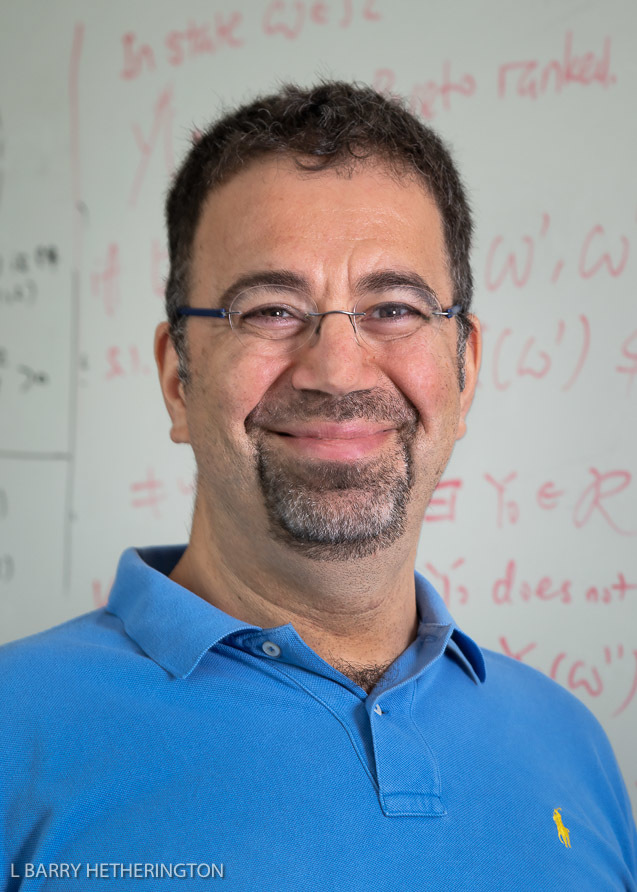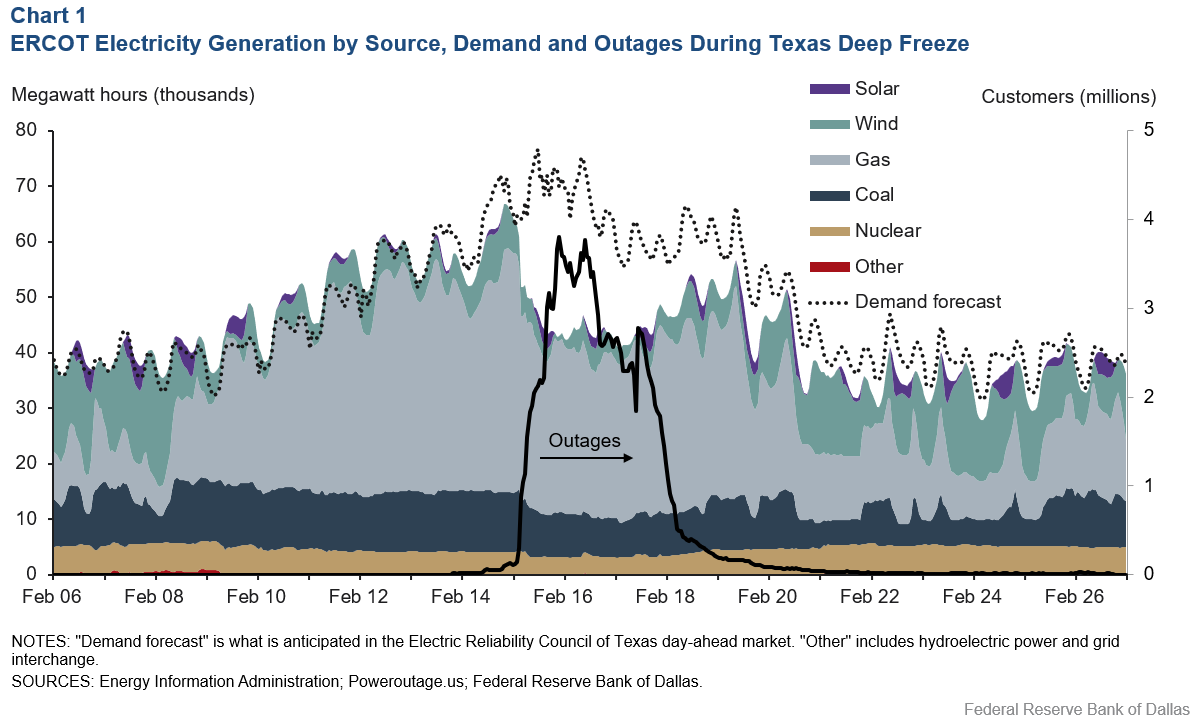Foster care in families is one of the areas in which there is in many places considerable repugnance to paying the caregivers, partly out of fear that payment will attract the wrong kind of caregivers. Partly as a consequence, there is a shortage of foster families for children in need. Here's a 2008 survey that touches on these issues.
The Recruitment and Retention of Family Foster-Carers: An International and Cross-Cultural Analysis by Matthew Colton, Susan Roberts and Margaret Williams, The British Journal of Social Work, Vol. 38, No. 5 (July 2008), pp. 865-884 (pdf at JSTOR)
Abstract: Fostering services across the globe encounter difficulties in recruiting and retaining family foster-carers. Yet, we know little of the international and cross-cultural issues which impact on recruitment and retention. In this article, we draw on previous empirical research, and also on information collected during a recent study of global trends in family foster-care, to present an international comparative analysis of those issues. Three key themes emerged from the study: motivation and capacity to foster; professionalism versus altruism; and criteria for kinship and unrelated carers. Each of these presents a considerable challenge to foster-care services. Here, we explore these key themes further, and reflect on the implications for policy and practice.
" The recruitment and retention of family foster-carers are key to the delivery of effective fostering services (Sellick and Howell, 2003). However, difficulties are experienced on a global level with regard to recruiting and retaining sufficient numbers of carers.
...
"Although many countries have seen an increase in the use of foster-care as the placement of choice in recent years, there is a worldwide shortage of placements. In the UK, the shortfall has meant that in many cases, placements are simply not available and, when a placement can be found, it is not the placement of choice (Sellick, 2006; Sellick and Thoburn, 2002; Pithouse et al., 2000). The majority of placements are made in emergencies...
"Professionalism versus altruism: The lack of adequate remuneration for unrelated as well as kinship carers has had a detrimental impact on recruitment and retention. In the UK, much research has focused on foster-carer payment (see, e.g. Kirton, 2001; Pithouse et al., 1994; Sellick, 1992; Bebbington and Miles, 1990), with some commentators highlighting the 'confused and confusing' systems of payment associated with foster-carers' status as employees, volunteers or professionals (Pithouse et al., 1994, p. 45). It is clear that, in some cases, although payment did not motivate foster-carers to care, the adequacy and efficiency of payment systems sustained them when they were faced with children's challenging behaviour or lack of progress (Kirton, 2001).
...
"In Sweden, foster-carers are remunerated for the child's board and lodging, and receive payment for their work which is taxable, and deemed pensionable income (Hojer, 2006). Half the foster-carers surveyed by Hojer (2001), however, felt that the payment they received was too low. Further, some expressed fears that they would be perceived as greedy and that their foster-children would feel they were being looked after for financial reasons rather than personal commitment. As is the case elsewhere, foster-carers in private agencies in Sweden generally receive higher fees than those in the public sector. They receive a 'paid commission' as opposed to being 'paid employees' of social services and are, therefore, not eligible to receive unemployment benefits when placements cease. There is thus a degree of financial insecurity attached to the foster-carer role in Sweden—a situation acknowledged by the government and subject to investigation (Hojer, 2006).
...
"Although the foster-care service in Fife, Scotland, had been 'fully professional' (Ramsay, 1996, p. 44) since 1990, carers' socio-demographic characteristics were found to be similar to those of foster-carers in other studies (see, e.g. Bebbington and Miles, 1990). Some financial reward, together with the support provided by link social workers and foster-carer groups, proved key to recruitment and retention. Indeed, payment of a professional fee to carers resulted, to some extent, in 'financial freedom', thus enabling them to care (Ramsay, 1996, p. 46).
"The conflict between professionalism and altruism presents as a real issue for fostering services today, and recruitment may become even more difficult if foster-carers continue to be inadequately paid. In some countries, for example, the rate of pay for a foster-family providing full care to a child aged four to eleven years amounts to less than it costs to keep a dog in a kennel. One of the justifications for this is that a higher rate of pay will attract those who want to foster for financial as opposed to altruistic reasons (Martin et al., 2006)."
*********
Stanford GSB Ph.D. student Cameron Taylor has a working paper modeling the decision of families to provide foster care:
Fostering Children, by Cameron Taylor, November 13, 2019
"Foster care is an important social service. In the US, hundreds of thousands of children enter the foster care system every year due to substantiated reports of abuse or neglect. Foster children tend to have lower educational attainment, and significantly higher rates of incarceration and homelessness than the general population (Gypen et al., 2017). They represent some of the most disadvantaged children in society.
"The foster care market is organized so that children are removed from their birth homes and then placed either in institutional settings or with volunteer families. The driving motivation behind placing children with families is that keeping children in family environments can stimulate higher quality childcare through “normal childhood experiences” (Welfare and Institutions Code 16000).
"While previous work has focused on the effects of different margins of foster care on child welfare outcomes, very little is understood about how or why families choose to be foster parents. This paper studies how families choose to be foster parents through the lens of a simple price theoretic household model"
**********
Here's a paper presented yesterday at the 2021 NBER Decentralization Conference on Mechanism Design for Vulnerable Populations
Abstract: This paper presents an empirical framework to study the assignment of children into foster homes and its implications on placement outcomes. The empirical application uses a novel dataset of confidential foster care records from Los Angeles County, CA. The estimates of the empirical model are used to examine policy interventions aimed at improving placement outcomes. In general, it is observed that market thickness tends to improve expected placement outcomes. If placements were assigned across all the administrative regions of the county, the model predicts that (i) the average number of foster homes children go through before exiting foster care would decrease by 8% and (ii) the distance between foster homes and children’s schools would be reduced by 54%.
**********
And here's a working paper that models the matching of children to foster families:
Search and Matching for Adoption from Foster Care by Nils Olberg, Ludwig Dierks, Sven Seuken, Vincent W. Slaugh, M. Utku Ünver
"More than 100,000 children in the US foster care system are currently waiting for an adoptive placement. Adoption agencies differ significantly in what systems they use to identify matches between families and children. We consider two prominent alternatives: (1) family-driven search, where families respond to announcements made by the caseworker responsible for a child, and (2) caseworker-driven search, where caseworkers utilize a software tool to perform a targeted search for families. In this work, we compare these two systems via a game-theoretic analysis. We introduce a dynamic search-and-matching model that captures the heterogeneous preferences of families and children. This allows us to study their incentives during the search process, and we can compare the resulting welfare of the two systems in equilibrium. We first show that, in general, no system dominates the other, neither in terms of family welfare nor in terms of child welfare. This result maybe surprising, given that the caseworker-driven approach employs a less wasteful search process. However, we do identify various advantages of the caseworker-driven approach. Our main theoretical result establishes that the equilibrium outcomes in caseworker-driven search can Pareto-dominate the outcomes in family-driven search, but not the other way around. We illustrate our results numerically to demonstrate the effect different model parameters (e.g., search costs and discount factors) have on welfare."









